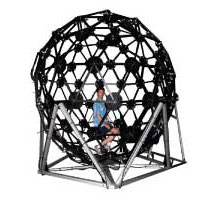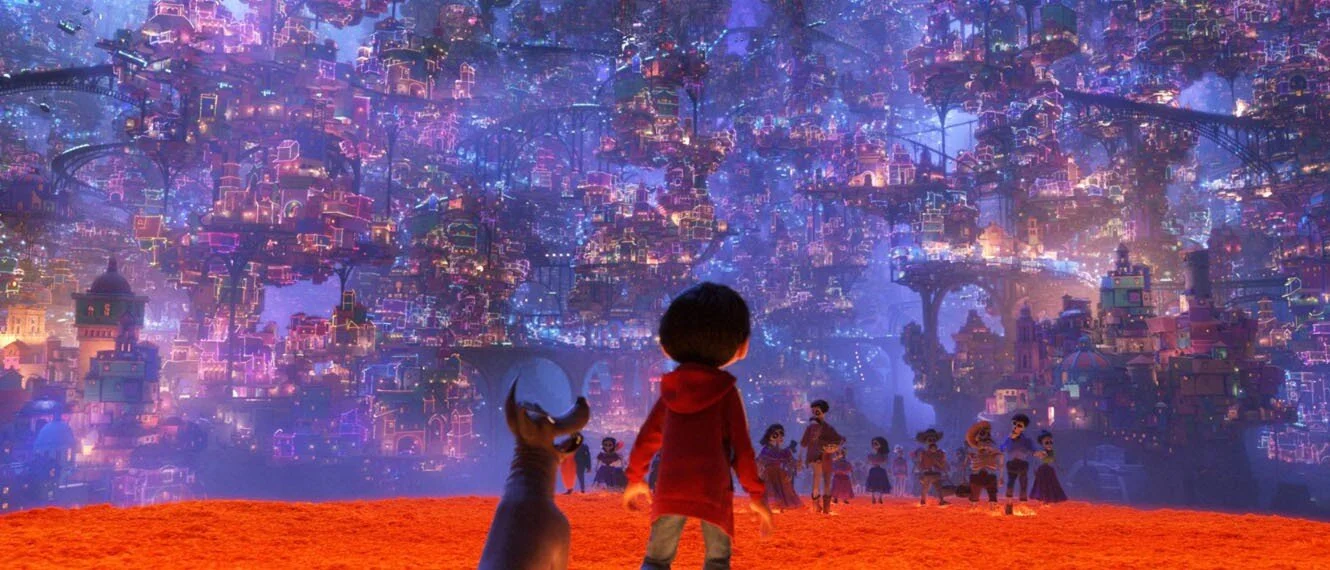Pixar revolutionized the animation industry through innovative technology and incredible storytelling. It was responsible for core developments in computer graphics history, blending technology and arts to make many of their films possible, leading to its massive success. 3D computer modeling technology has not only allowed for more efficient and faster animating, but it has opened the door for more people who are interested in joining the industry. It now easier than ever to download these softwares and begin learning how to animate. For artists in industry, there is not longer a limitation in the art that is waiting to be created – their visions can become a reality with the continual development of advanced animation technology.
One Man Enters, Two Men Leave (Kinda)
It's not quite Mad Max Beyond Thunderdome - there are no chainsaws, no axes, and no high pitched whistles - but the recently developed and now-on-the-market Aguru Dome does make things interesting.
 A person enters the dome. Bright lights flash. A cornucopia of photos are taken. Many, many computers think. And, Bob's your uncle! A digital, 3D model of their face is created. A rendering so good, it can be then used to create incredibly realistic digital effects in film (think action sequences), video games, and so on.
A person enters the dome. Bright lights flash. A cornucopia of photos are taken. Many, many computers think. And, Bob's your uncle! A digital, 3D model of their face is created. A rendering so good, it can be then used to create incredibly realistic digital effects in film (think action sequences), video games, and so on.
Now, I'm not a CGI expert, so you can get better details from the BBC article I read (thanks to artsJournal), this DV.com article, and the Aguru Images Web site. However, I have been known to be an actor from time to time. The Aguru Dome makes me feel just a wee bit uncomfortable. Why in the world would I step into that thing? (Not that anyone would want a 3D model of my face.) I get in, and you get a digital copy of my face that, theoretically, can replace me so well that people won't notice the difference. And you have it forever.
There has been debate about whether CGI could replace live actors for some time now. There have been cases of actors and their performances being digitized, but facial rendering has been one of the weak suits of CGI. This technology seems to get us closer to technicians being able to animate the human face, without needing a live actor to do anything other than sit still for a few minutes.
I wonder if the actors' unions have started talking about this yet. The Aguru Dome ships out to customers in September 2008.






